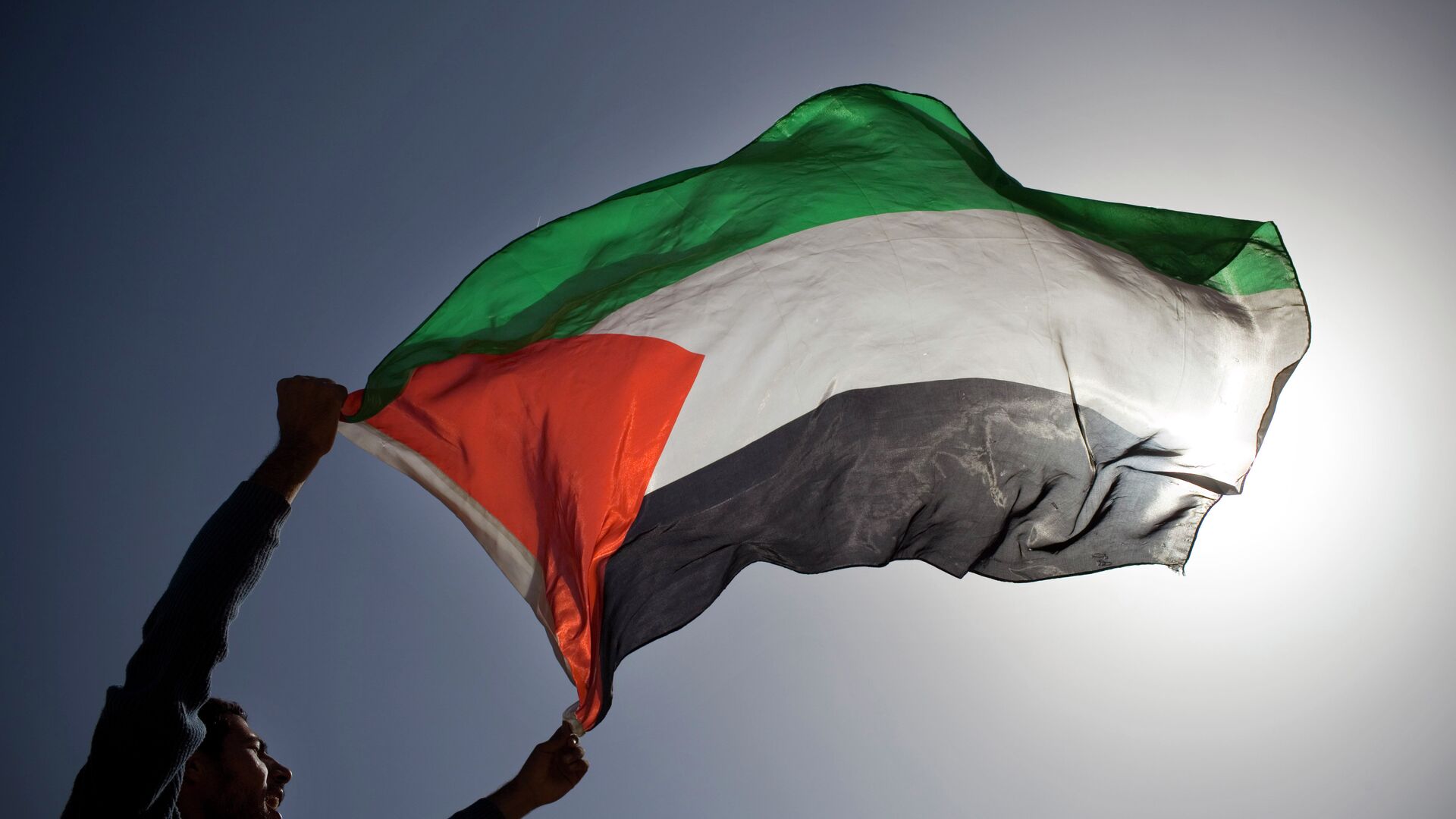Fatah's Journey: One Movement's Struggle for Liberation of Palestine Through Decades

© AP Photo / Bernat Armangue
Subscribe
January 1 marks the 65th anniversary of the creation of Fatah, the famous Palestinian liberation movement.
Despite Fatah being created sometime in the second half of the 1950s, the movement’s “birthday” is considered to be January 1, 1965 when it carried out its first combat operation on Israeli soil.
The movement’s name, Fatah, is the acronym in reverse for Harakat al-Tahrir al-Watani al-Filastini, or “movement for the national liberation of Palestine”.
Established as a military-political organization of Palestinian Arabs, Fatah’s original goal was the expulsion of Jewish settlers from lands that Palestinians regard as their own.
After Israel’s occupation of vast swathes of Palestinian territories following the Six Day War in 1967, Fatah expanded its influence in the region.
Though originally regarded as a radical movement by many countries, Fatah managed to change its image in 1993 when its head Yasser Arafat signed the Oslo Accords with the Israeli leadership – a deal meant to help achieve a peace treaty between Israel and the Palestine Liberation Organization (a coalition to which Fatah belongs).
As a result of this agreement, Fatah gained international recognition and even became the head of the Palestinian National Authority.
Fatah, a nationalist movement, eventually found itself at odds with Hamas, another Palestinian group fighting for the expulsion of the Israelis from the Palestinian territories. Founded in 1987, Hamas is an Islamist organization with ties to the Muslim Brotherhood*.
Following the loss of the 2006 legislative elections in the Palestinian territories to Hamas, Fatah became embroiled in a violent conflict with them, which resulted in Hamas seizing control of the Gaza Strip while Fatah (through the PNA) retained control of West Bank.
* terrorist organization banned in Russia


